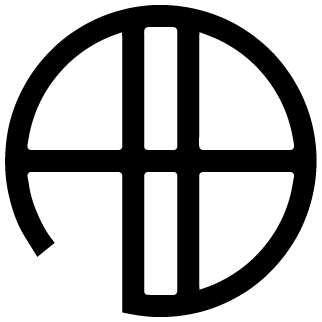Superficial vs. Deep Treatment Edge
If you have ever utilized instrument assisted soft tissue mobilization then you have used an instrument of some sort to affect the soft tissue structures of a patient. You might have used many different kinds of instruments and what you would have noticed is this. Not all instruments are equal, some are metal, some are plastic, some are sharp and some are dull. What we have done is boiled down what works and elevated it beyond its current state.
Currently, when purchasing an instrument you do not know if you are getting a sharp or dull treatment edge.
Enter the superficial edge and the deep edge.

Superficial Edge: Large force over a small area:
The superficial or "sharper", beveled treatment edge is best utilized on superficial structures because the treatment edge has less surface area, compared to the deep edge, and therefore less force is needed by the practitioner to generate enough external pressure to mobilize the underlying soft tissues. For example, if we needed to treat the distal portion of the peroneus longus near the lateral malleolus we would want a superficial edge. We would do this because if we used a deep or "dull" edge that had a larger surface area we would need to increase the amount of force to the treatment area to produce the same results (pressures) as a superficial edge. This may not only trigger pain receptors (mechanonociceptors of the A and C series) and disrput vascular beds causing bruising but it would also hinder positive treatment outcomes due to a lower pressure gradient necessary for myofascial adhesion disruption.
Deep Edge: Small force over a large area:
The deep or "dull", beveled treatment edge is best utilized on deep structures because the edge has a greater surface area. We are now able to push with more force to generate the higher pressures needed to effect deeper structures without over stimulating superficial pain structures and disrupting vascular beds. An example would be if we wanted to treat the mid-belly of the vastus lateralis. To generate the necessary pressures in the deep tissues we need to increase our force with the instrument. If the edge is too "sharp" or a superficial edge is used the superficial pain fibers will be triggered first due to the smaller surface area of the beveled treatment edge causing high pressures due to the higher force of treatment (pressure= force/area). In that instance, treatment would be less effective because most patients will tense up due to pain and superficial bruising may be excessive.
Our patent pending instruments and method were designed to elevate the effectiveness and the efficiency of IASTM.
